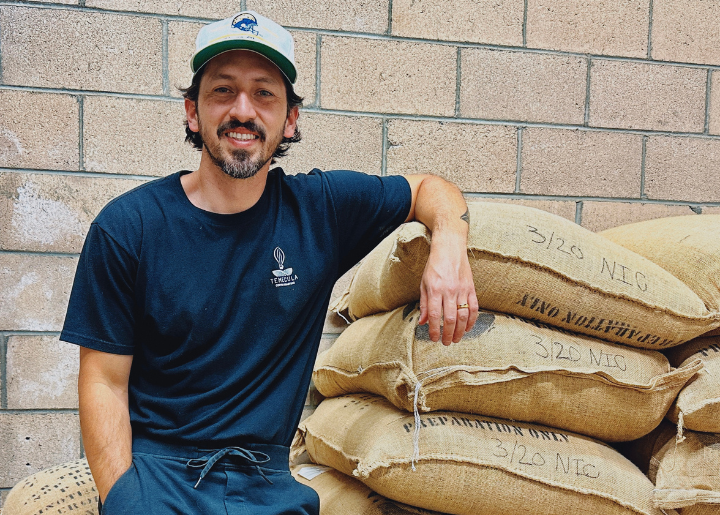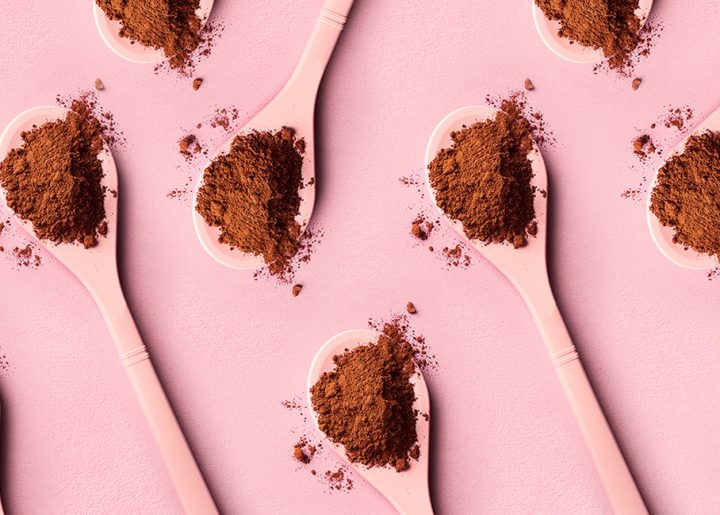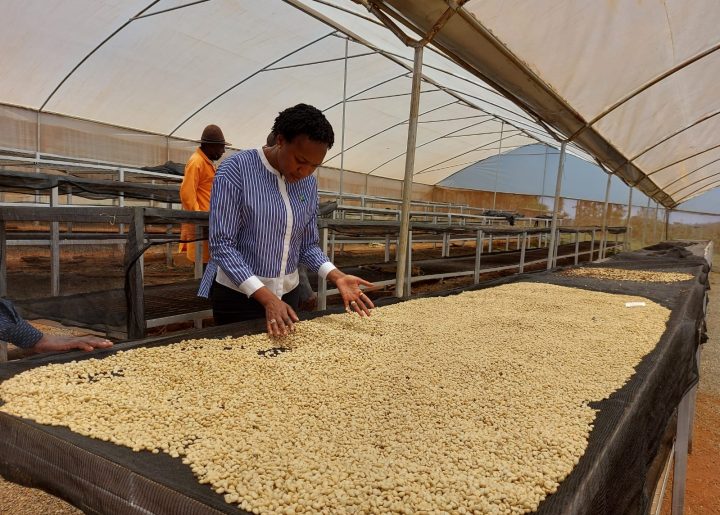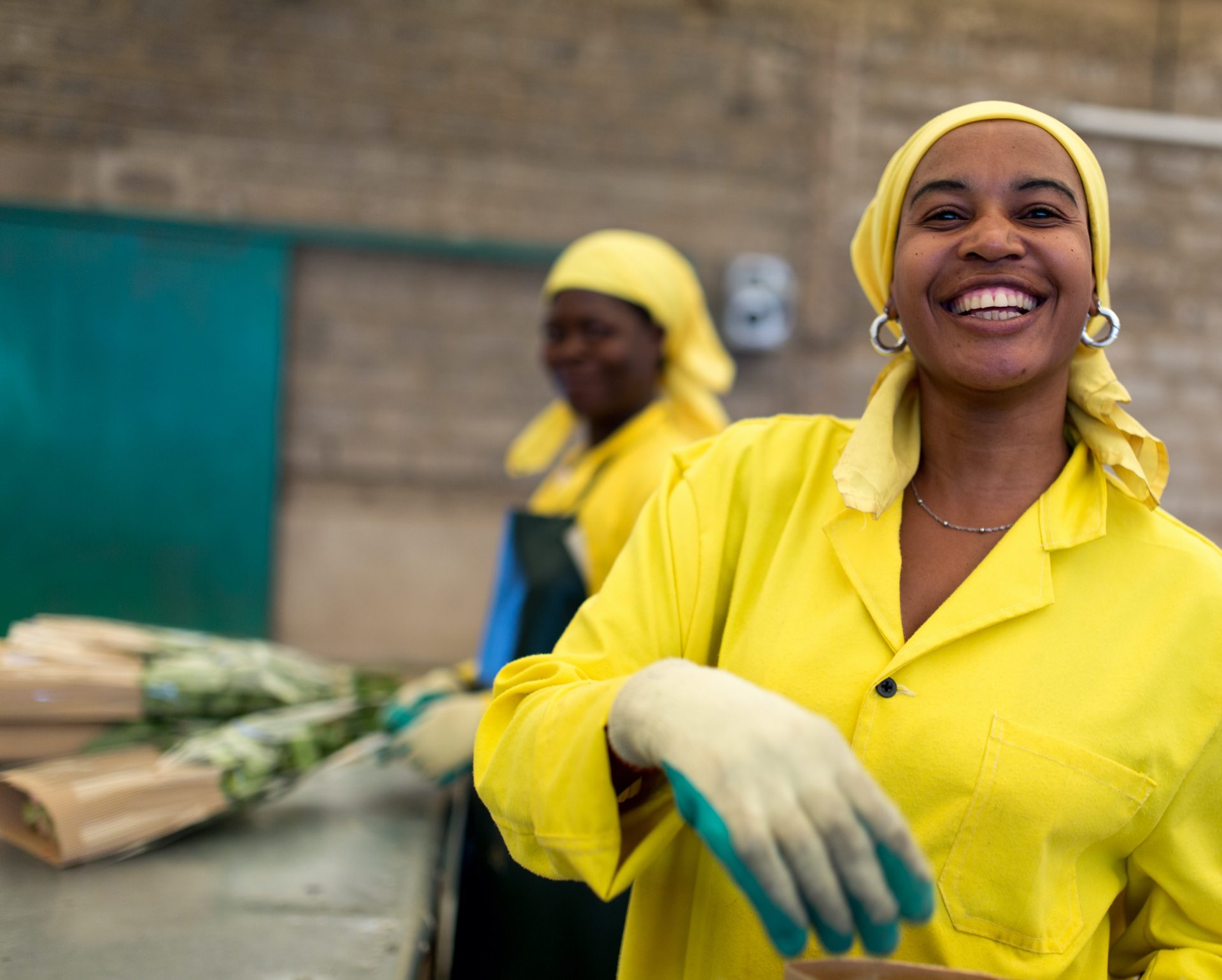How to host a Fairtrade coffee cupping
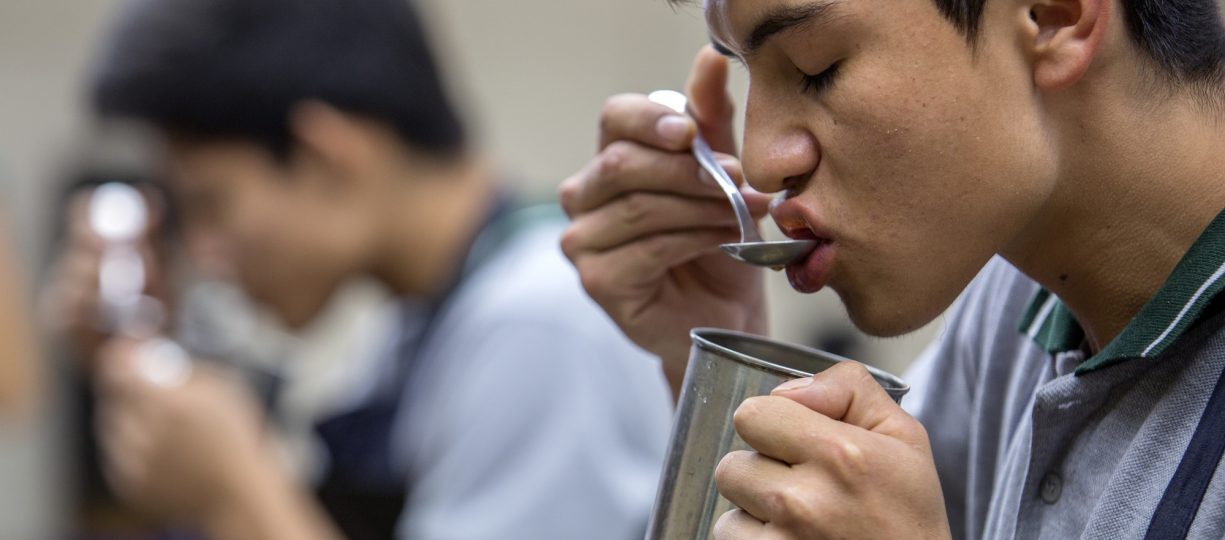
Have you ever wanted to host a Fairtrade coffee cupping like the professionals? Now you can! There’s no right or wrong way to cup or taste Fairtrade coffee, but we’ve put together some guidelines to help you along the way.
Most of the information below was sourced from the Specialty Coffee Association of America (SCAA), the world’s coffee authority and largest coffee trade association.
What is a coffee cupping and why should I host one?
According to SCAA, a coffee cupping “is a systematic method of evaluating the aroma and taste of coffee.” Most often, cuppings are conducted by professional cuppers, also known as Q Graders. In this professional setting, coffee cuppings are used to universalize the language spoken around coffee. In this way, it becomes an empowerment tool to unify all actors in the supply chain, from producers to buyers.
But you don’t have to be a professional to cup! Hosting a coffee cupping is a great way to learn more about the true quality and flavor of coffee. By engaging the senses of smell and taste, cupping participants are able to better analyze the coffee profile while developing their palate. Coffee cuppings are also a great way to educate others about coffee, whether it be on quality and taste, or origins, producers, and supply chains. It’s the best way to truly get to know the cup you drink every day!
How does it work?
Conducting a professional coffee cupping is a standardized process. We will lay out the most basic steps here, but if you’re looking for something more specific, consult SCAA’s Cupping Protocol’s here.
Before beginning, you will need the following materials:
- Roasted Fairtrade coffee
- Hot water equipment
- Coffee grinder
- Cupping glasses and cupping spoons
- Balance or scale
- Paper and pencils
Now, the cupping process can begin! Here are 5 simple steps to conducting your own coffee cupping:
1.) Determine your measurements, or your coffee to water ratio. The optimum ratio is 8.25 grams of coffee (weigh whole beans) per 150 ml of water, so adjust accordingly to the size of your cupping glasses.
2.) Grind your coffee. Coffee should be ground slightly coarser than regular drip. This should always be done immediately before cupping for best results.
3.) Place each ground sample into their cupping glass and immediately cover with a lid to maintain freshness.
4.) Pour hot water (brewed to 200°F) to the rim of each cupping glass and let stand for 3-5 minutes.
5.) Begin cupping the coffee! Use the cupping spoons to sample each coffee on the table. Slurp, swish, and swirl the coffee evenly across the palate before spitting it into a separate cup without swallowing. Take notes accordingly.
What are you looking for? Always consider the following attributes: fragrance/aroma, flavor, aftertaste, acidity, body, balance, sweetness, cleanness, and uniformity. Take notes on what you smell and taste to share with other participants after the cupping.
In a professional setting, cupping participants score coffees with an official grading form. Though this is not necessary at an informal session, you can view the form online to learn more.
For a demonstration of how to conduct a coffee cupping, watch this tutorial by Kaladi Coffee.
Where can I host a coffee cupping
Anywhere! Host a coffee cupping at your local café, at your office or organization, or at any community-based space. As long as you are able to source the coffee and hot water, the people will come (with the right promotion of course!).
How can I get help from a professional?
If you’re looking for a coffee expert to conduct the cupping, talk to your local baristas and coffee shop owners. There’s a good chance a coffee roaster is located somewhere nearby, and they’re always a great resource. If there isn’t anyone available in your area, consult SCAA’s website. It is full of resources for roasting, cupping, and serving specialty coffee.
Tips and Resources:
- Do your homework: watch videos, read articles, and do research online about best practices
- Use the SCAA Flavor Wheel as a resource for cupping participants
- Feature coffee origins and producer groups for participants, especially when cupping Fairtrade coffee
- Scoring or not, share your results online via social media outlets, or check out the Tastify app online by Sustainable Harvest
- HAVE FUN! Coffee cuppings are a great way to bring people together to talk about coffee
Topics
We’re in this together
Fairtrade America partners with brands on the journey to certification and beyond. We can help with everything from finding a certified supply chain to marketing your newly certified product.
Get in Touch
